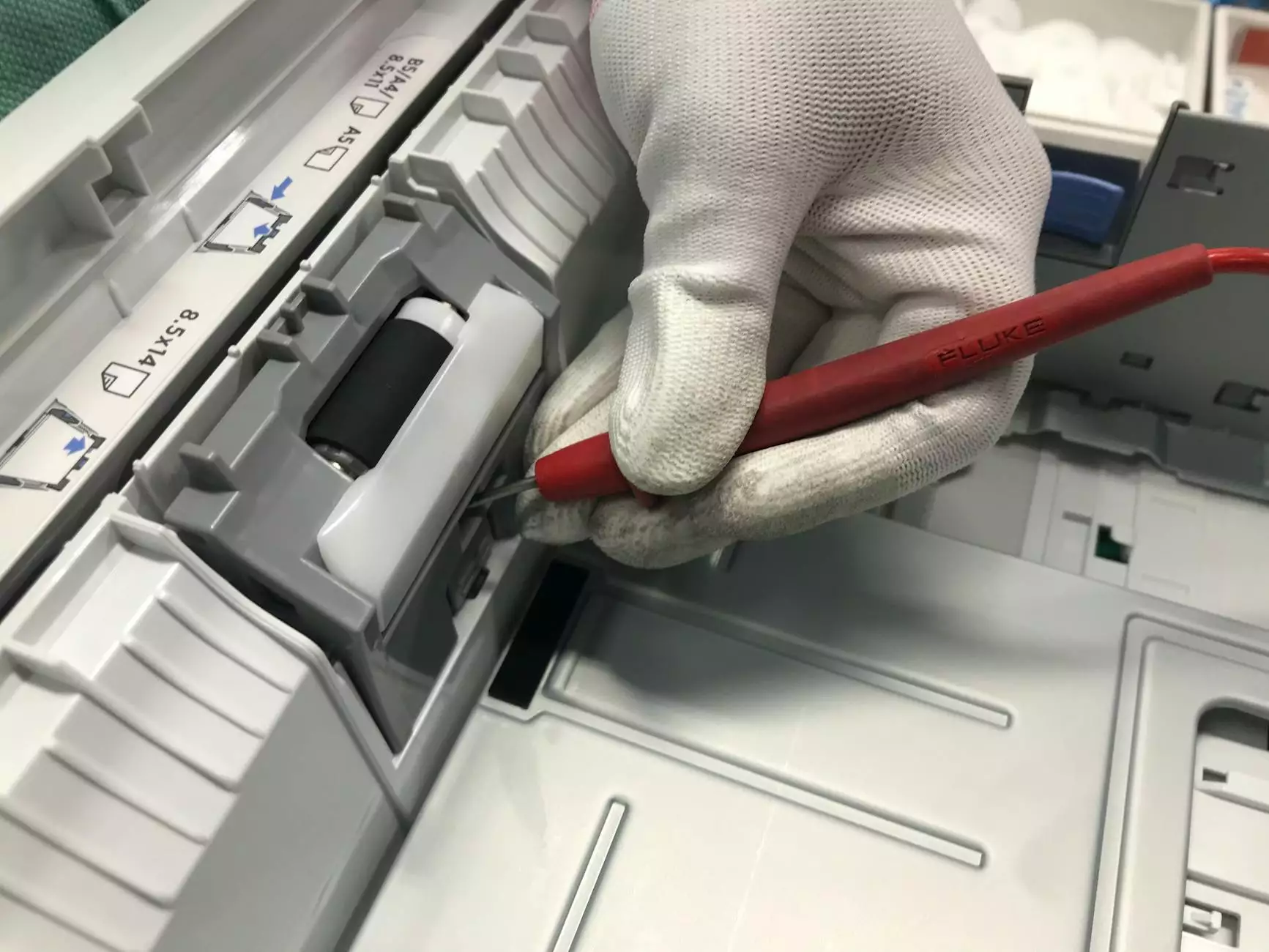Understanding Edema in the Legs

Edema in the legs is a condition characterized by the accumulation of excess fluid in the tissues of the lower extremities. This condition can manifest in various ways and can be caused by a wide range of factors, including injury, medical conditions, and lifestyle choices. In this article, we will explore the causes, symptoms, potential complications, and treatment options associated with leg edema.
What is Edema?
Edema refers to the swelling caused by fluid retention in the body. While edema can occur in any part of the body, it is most commonly observed in the legs, ankles, and feet. The fluid accumulation can lead to discomfort and may be a symptom of other underlying health issues.
Causes of Edema in the Legs
The causes of edema in the legs can vary widely and can include both temporary and chronic conditions. Here are some of the most common causes:
1. Medical Conditions
- Heart Disease: Conditions that affect the heart's ability to pump blood can lead to fluid accumulation.
- Kidney Disease: Impaired kidney function can disrupt fluid balance and contribute to edema.
- Liver Cirrhosis: Liver dysfunction can lead to changes in blood flow and fluid retention.
- Venous Insufficiency: Poor vein function can cause blood to pool in the legs, leading to swelling.
- Infections: Infections in the legs or surrounding tissues can lead to localized swelling.
2. Lifestyle Factors
- Prolonged Sitting or Standing: Extended periods of inactivity can impede circulation and cause fluid build-up.
- Poor Diet: High sodium intake can lead to water retention, exacerbating edema.
- Obesity: Excess body weight increases pressure on the veins, contributing to fluid accumulation.
3. Injuries
Injuries to the legs, such as fractures or sprains, can lead to localized swelling as part of the body’s inflammatory response to injury.
4. Pregnancy
During pregnancy, hormonal changes and increased blood volume can lead to edema, particularly in the later stages when the uterus puts pressure on the pelvic veins.
Symptoms of Edema in the Legs
Recognizing the symptoms of edema in the legs is crucial for timely intervention. Common symptoms include:
- Swelling: Noticeable swelling in the legs, ankles, or feet.
- Skin Changes: The skin over the affected area may appear stretched and shiny.
- Pain or Discomfort: There may be a feeling of heaviness or discomfort in the swollen areas.
- Indentation: Pressing on the swollen area may leave an indentation or pit.
Potential Complications of Edema
While edema in the legs may seem like a benign condition, it can lead to several complications if not addressed:
- Skin Ulcers: Excessive swelling can cause skin to break down, leading to painful sores or ulcers.
- Infections: Swollen areas may be more susceptible to infections, requiring prompt treatment.
- Decreased Mobility: Severe edema can restrict movement and affect quality of life.
- Underlying Conditions: Ignoring edema may delay the diagnosis and treatment of serious underlying conditions.
Diagnosis of Edema in the Legs
Getting an accurate diagnosis of edema in the legs involves a comprehensive evaluation by a healthcare provider. Common diagnostic methods include:
- Physical Examination: The doctor will assess the extent of swelling and check for other symptoms.
- Medical History: A thorough medical history helps identify possible underlying conditions.
- Imaging Tests: Ultrasounds, MRIs, or CT scans may be used to evaluate blood flow and identify any blockages.
- Laboratory Tests: Blood tests can help determine kidney and liver function, as well as check for infections and other conditions.
Treatment Options for Edema in the Legs
Treatment for edema in the legs largely depends on the underlying cause. Potential treatment options may include:
1. Lifestyle Changes
- Elevation: Elevating the legs can help reduce swelling by promoting drainage.
- Compression Stockings: Wearing compression stockings can ease swelling by improving circulation.
- Exercise: Regular physical activity can enhance blood flow and prevent fluid buildup.
- Dietary Adjustments: Reducing salt intake and maintaining a balanced diet can help manage fluid retention.
2. Medications
- Diuretics: These medications help the body eliminate excess fluid through urine.
- Vasodilators: These drugs can improve blood flow and reduce pressure in the veins.
3. Treating Underlying Conditions
If the edema is due to an underlying medical condition, treating that condition—such as heart failure, kidney disease, or venous insufficiency—is crucial to alleviating symptoms.
When to Seek Medical Attention
While occasional swelling may be harmless, it is important to seek medical attention if:
- The swelling is sudden and unexplained.
- You experience severe pain or redness in the affected area.
- Swelling is accompanied by shortness of breath or chest pain.
- The swelling persists or worsens despite home treatment.
Conclusion
Edema in the legs can be a frustrating and uncomfortable condition, but understanding its causes and treatments can empower individuals to seek timely care and make informed lifestyle choices. Early intervention can help prevent complications and improve quality of life. Always consult with a healthcare provider for personalized advice and treatment options tailored to your specific needs.
Additional Resources
For more information on vascular health and treatment options, visit Truffles Vein Specialists, where you can find expert care and comprehensive support for vascular conditions.









